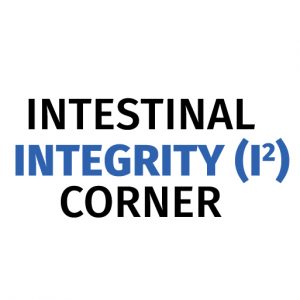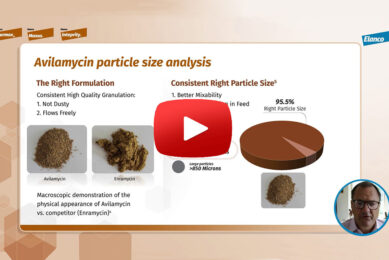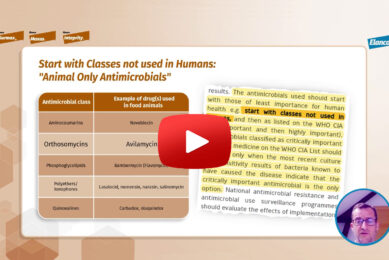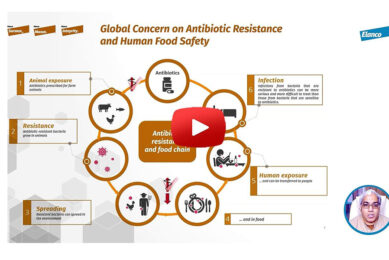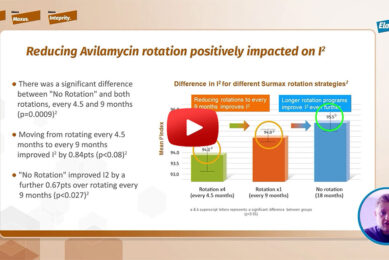Video 2: Necrotic Enteritis risk control strategies
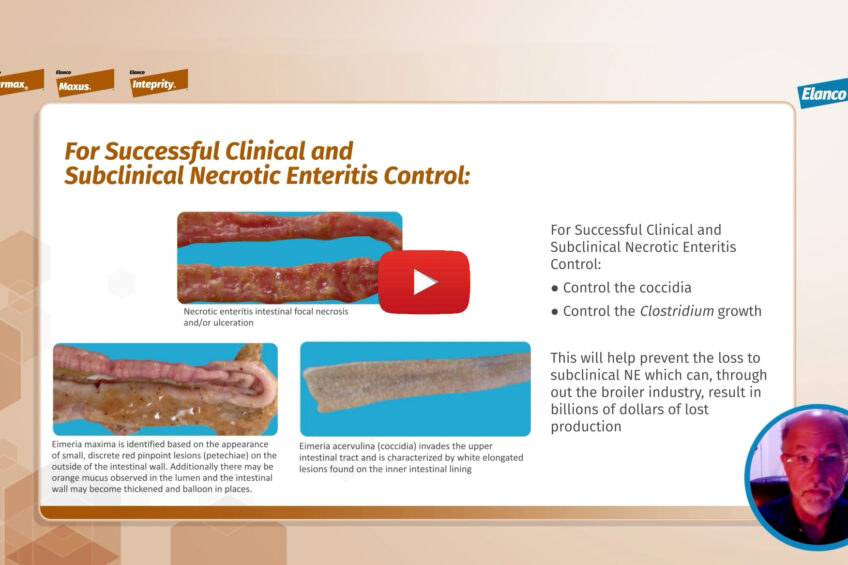
The second video in the new series discusses the pathogenesis of Necrotic Enteritis (NE) to help in the prevention and control of NE.
Clostridium perfringens (Cp) is a normal bacteria found in the caeca of broiler chickens but would not ordinarily be found at high levels in the small intestine of a healthy bird. Intestinal damage and mucus production will favour the Cp growth by utilising mucus as a food source to grow and proliferate from the caeca to the bird’s small intestine, which could result in Necrotic Enteritis. When mucus is present, the bacterial population of Cp can double every 8-10 minutes.
Coccidia is the most common cause of damage to the intestinal epithelium, where almost every chicken house has coccidia and clostridia. For successful NE control, both clinical and subclinical, we need to control both the coccidia and the clostridium growth. By doing so, we can help prevent the loss to subclinical NE which can, throughout the global broiler industry, results in billions of dollars of lost production.
Other triggering factors that could give the Cp the opportunity to grow include:
- Mycotoxins, mainly trichothecene, can directly damage the bird’s small intestine or they can affect the bird’s immune system.
- Rancid animal or vegetable fats in feed that can result in biogenic amines that damage the bird’s small intestine.
- Wheat, barley or rye-based diets are high in Non-Starch Poly Saccharides (NSPs) that leads to mucus production.
References are available on request.
Click here to view the first video from the new series on Necrotic Enteritis


